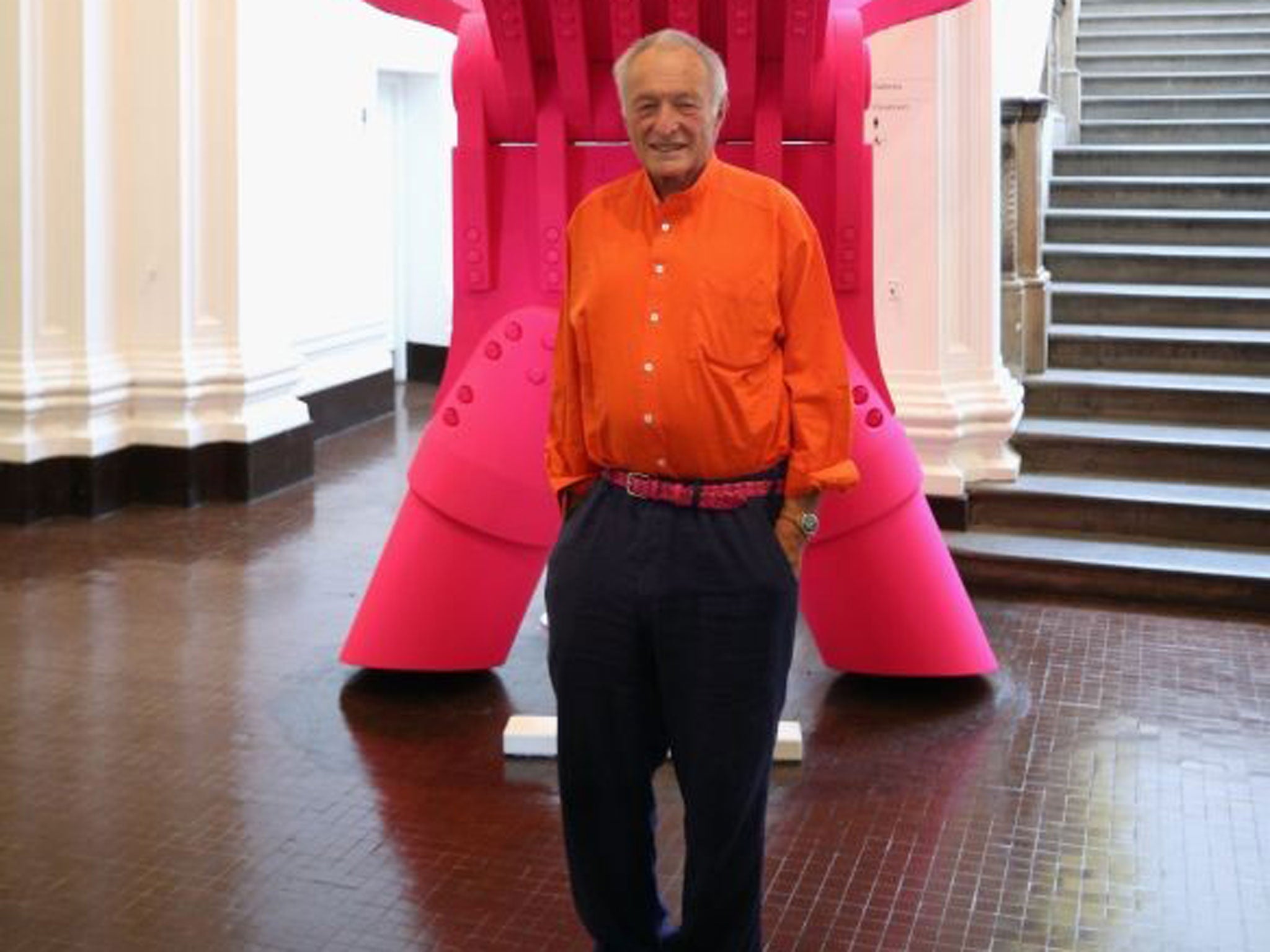High and mighty: A major new exhibition will show how UK architects changed post-war building design around the world
The show will include coverage of recent projects such as Lord Foster's Reichstag building in Berlin and Lord Rogers' work on Madrid-Barajas Airport

Your support helps us to tell the story
From reproductive rights to climate change to Big Tech, The Independent is on the ground when the story is developing. Whether it's investigating the financials of Elon Musk's pro-Trump PAC or producing our latest documentary, 'The A Word', which shines a light on the American women fighting for reproductive rights, we know how important it is to parse out the facts from the messaging.
At such a critical moment in US history, we need reporters on the ground. Your donation allows us to keep sending journalists to speak to both sides of the story.
The Independent is trusted by Americans across the entire political spectrum. And unlike many other quality news outlets, we choose not to lock Americans out of our reporting and analysis with paywalls. We believe quality journalism should be available to everyone, paid for by those who can afford it.
Your support makes all the difference.The work of six British architects who "sent shock waves around the world" is to be celebrated in a major new exhibition charting how they changed the face of global architecture.
The Royal Institute of British Architects (Riba) is to celebrate the work of Norman Foster, Richard Rogers, Nicholas Grimshaw, Terry Farrell and Michael and Patty Hopkins in an exhibition that will open in February.
It will show the influences on the British architects, who have become household names, and their "big bang" moments, as well as their latest projects.
Mike Althorpe, exhibitions curator at Riba, said: "These architects led the way; they were sending shock waves around the world. They captured attention and did something very different. It was a style of architecture that would become the late 20th century's defining style."
The Brits Who Built the Modern World will tell the story of a defining era in British architecture through more than 190 drawings, watercolours, photographs and models.
Mr Althorpe said: "These are household names and we want to tell people how they got there. Hopefully, it will tell the story of British architecture in a different way, in a global context, and will show a different side to these architects."
The exhibition will include coverage of recent projects such as Lord Foster's Reichstag building in Berlin and Lord Rogers' work on Madrid-Barajas Airport. "The exhibition will look at how you can still trace the DNA of their structural origins, yet that they are still game-changing."
It has been 18 months in the making and was inspired by a three-part documentary series by the BBC with the same name, which will screen next year.
The exhibition, at Riba's central London headquarters, covers from 1950 up to 2012. "We introduce our six as a generation who transformed architecture after the Modernists," Mr Althorpe said.
He continued: "These were the obvious choices; they are the defining British architects, especially when you think how the reputation of British architecture changed during their careers. They were not alone, but they were pivotal."
The show will explore some of the most influential buildings, what the curator described as the "shock of the new", including groundbreaking work such as the Pompidou Centre in Paris and the HSBC building in Hong Kong.
Also opening at Riba on the same day, 13 February, is an exhibition titled New British Works – Today and Tomorrow, which charts UK architectural designs currently being exported around the world.
It will feature new and soon-to-be completed international projects by 17 UK-based practices, including Zaha Hadid, David Chipperfield and Coffey Architects.
Mr Althorpe said: "We will also demonstrate the global reach of British architecture. It acknowledges how big an industry it is. One conclusion is that the Brits may have transformed architecture around the world, but it may not be the Brits who do it next time.
"However, the likelihood is that they will be based in the UK. The UK is a global hub for architecture."
Join our commenting forum
Join thought-provoking conversations, follow other Independent readers and see their replies
Comments